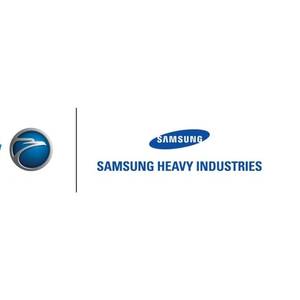
Newbuilds expand AET’s dual-fuel fleet to all of its sectors: Aframaxes, Shuttle Tankers, Suezmaxes and Very Large Crude Carriers (VLCCs)AET signed shipbuilding agreements with Samsung Heavy Industries (SHI) for the construction of two LNG dual-fuel Suezmax tankers.The vessels will further expand AET’s growing dual-fuel fleet operating worldwide.
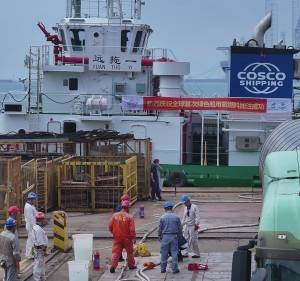
Sinobunker, one of COSCO Shipping’s subsidiaries, has completed the world’s first green ammonia bunkering operation at COSCO Shipping Heavy Industry’s Dalian terminal.The ammonia was sourced from the world’s largest green hydrogen and ammonia plant established by Envision in Chifeng and powered entirely by the world’s largest independent renewable energy system.
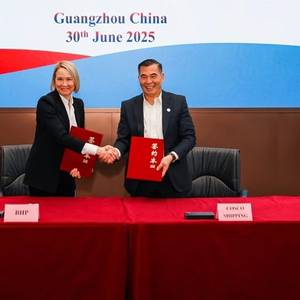
Australia’s BHP Group has signed contracts with COSCO Shipping Bulk, a subsidiary of COSCO Shipping, for the charter of two ammonia dual-fueled Newcastlemax bulk carriers.The new vessels to be built under the arrangement will be two of only a handful of vessels in the world capable of using ammonia as a marine fuel.

Ordering of alternative-fueled vessels is continuing to grow in 2025, despite a slowdown in the overall newbuild market. According to data from DNV’s Alternative Fuels Insight (AFI) platform, new orders for alternative-fueled vessels reached 19.8 million gross tonnes (GT) in the first six months of 2025, exceeding the 2024 figure by 78%.

In a milestone for the green fuel economy, Fortescue, in collaboration with Trovio and the Green Hydrogen Organisation (GH2), has completed the issuance of the world’s first digital fuel certificate for an ammonia-to-ship transfer. The transaction involved the Fortescue Green Pioneer, the first ocean-going dual-fueled ammonia powered vessel
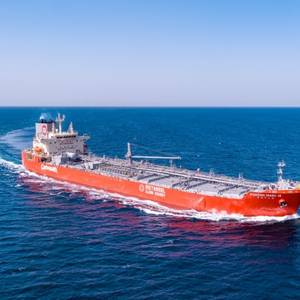
Mitsui O.S.K. Lines (MOL) has taken delivery of the Kohzan Maru VII, a newbuilding dual-fuel methanol carrier, which will serve Mitsubishi Gas Chemical Company (MGC) under a long-term charter.The Kohzan Maru VII was delivered at HD Hyundai Mipo shipyard, where the naming ceremy took place.
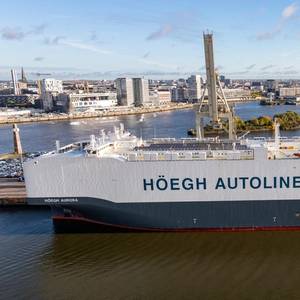
Confusion over new fuels will not be helped by the fact that each one has a good and bad version. The science on grey ammonia, grey methanol, and palm oil biofuel show that these are probably worse for the planet, if adopted, than unfettered continuation of fossil fuel consumption.
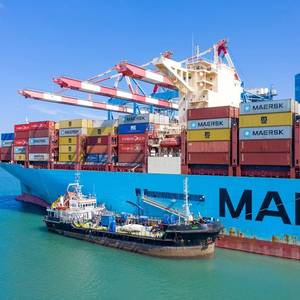
The maritime industry has worked with a single fuel source for over a century and with the rush to meet emission standards in both domestic and foreign markets, adapting to the current list of alternative fuels is going to present significant problems. Each market has its issues whether bluewater, brownwater, coastal, foreign or domestic.
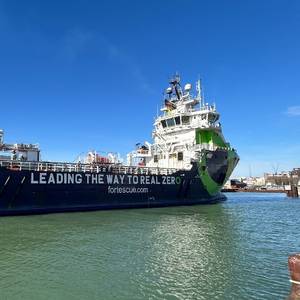
The Singapore-flagged dual-fuel ammonia-powered vessel Fortescue Green Pioneer has arrived in the U.K. to demonstrate the viability of ammonia as a sustainable marine fuel.The vessel is the first of its kind, powered by four-stroke engines, two of which are capable of being fueled by ammonia and diesel.

In an article by Rhonda Moniz published this week on MarineLink, Siemens sales executive Ed Schwarz noted the flexibility provided by an electric distribution “backbone” that enables ferry operators to add more batteries, switch to new fuels or become 100% emission free with fuel cells.

The 2024 represented an unprecedented year for maritime industry when it comes to orders for alternative-fueled vessels, driven mainly by liquefied natural gas (LNG), according to the latest data from DNV’s Alternative Fuels Insights (AFI) platform.A total of 515 alternative-fueled such ships were ordered, excluding LNG carriers, representing a 38% year-on-year increase compared to 2023
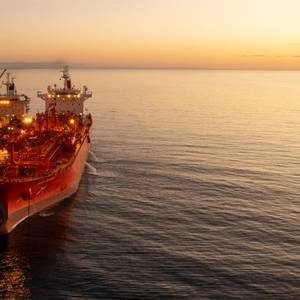
The shipping industry has been watching the dual-fuel engine choices made for newbuildings as an indicator of what many see as an uncertain fuel future.In December, DNV’s Alternative Fuels Insights platform counted 27 ammonia and 322 methanol-fueled vessels currently on the orderbooks.Methanol has raced ahead of ammonia, which currently lags in both engine and regulatory development.